By Catherine Hope Sullivan, Franciscan Mission Service
My morning began the same way it usually does – I entered the large green metal doors of the women’s prison, said good morning to the familiar female guards, went through the various security measures, and walked into the main entrance.
The prison opens into a large concrete courtyard that is usually full of drying laundry hanging from various levels of clotheslines. On the main floor of the courtyard, there are many small stoves plugged into the walls that serve as cafes—providing teas, coffees, and food for one boliviano (~14 cents)—all run by inmates. Many of my days in the prison are spent here, just chatting with friends over tea and bread. On the second and third levels are small concrete rooms for women who can afford to pay for their own cell, since in Bolivia men and women in prison have to pay for their own room and board. On the third floor, there are also a few small classrooms and recreational rooms.
This particular Friday things were different than usual. There was a buzz of excitement in the air–a sense of expectation. In the prison courtyard, the laundry lines had been moved to make room for a table draped with a golden cloth, adorned with red flowers. I was curious, but quickly fell into conversation with a friend as we walked to the classroom together.
Waiting was a group of friends ready for our Friday reflection. Many of these women have been incarcerated for reasons of sheer poverty due to an unjust system: they are imprisoned for unpaid debts despite constantly working and raising young children. Even in the prisons, they have to pay for their room and board. We had a fruitful discussion about injustices pertaining to women’s rights—most of these women are dealing with sexual violence trauma, not to mention separation from their families, unfair labor laws, and much more. We had a lively and passionate conversation; clearly, the buzz that I had felt upon arriving had followed us into this room.
After the group discussion had finished, one of my friends, Marta, and I began to talk one-on-one. She had been having a very difficult time, not having seen her sons in months. She told me that the only good thing that came out of her time in the prison was that she had found God. She explained that people accused her of only turning to God in desperation, of needing to believe in something when surrounded by such difficulty. Rather, she had explained, it was because she had hit rock-bottom, and when nothing else was there to distract her from the foundational truth and life’s profundities, she saw very clearly that God was there—in the simplest, loneliest levels of human need, human dignity, and life. She began to laugh about how perfect it was that such a hard day fell on the same day the Virgenwas coming. Suddenly, the pieces came together—the set-up downstairs, the excitement in the air—a statue of the Virgin Mary was on its way.
This was no ordinary statue – it was the Virgen María de Urkupiña– the apparition of Mary that appeared to a poor shepherd girl upon a hillside just outside of the city of Cochabamba. Every year a large festival is held in her honor. Because of Pope Francis’ very intentional visit to the prison when he was in Bolivia, it was decided that the statue of the Virgenwould be carried to each of the prisons of Cochabamba, before being placed on display for the festival.
We walked back to the courtyard just as women were beginning to gather, rosaries clenched in their hands. White handkerchiefs and candles were distributed, as well as sheets of song lyrics. The women, Catholic and non-Catholic alike, stood waiting and craning their necks to catch the first glimpse of Our Lady. Finally, she entered, carried on the shoulders of military men, followed by priests and government officials. The women only had eyes for her. She was beautiful, wearing bright white garments, a sash of the Bolivian flag, and a lace veil over her sleek black hair. She was holding the Christ child in her left hand and a crown of gold in her right. A large halo encircled her body, and luminescent sun rays reflected off of its surface. Many of the women broke into tears, waving the white cloths above their heads and singing with passion in their voices.
One by one, the women went to touch the Virgen, reverence and understanding in each caress, leaving their prayers at the feet Our Lady. Among them was Marta, holding her rosary tightly to her heart and looking into the face of Mary. Here with these women and their rock-bottom faith, in this prison—this is consistently where I find Christ the Redeemer and the accompanist.
These are women who fight to wake up in the morning, women who are dealing with separation from family, sexual assault, PTSD, poverty, depression, debt, loss, and much more. And here, before them, was a statue of a woman who had lived in such systems of injustice, such poverty, had seen such loss, had wept for her child, had borne the weight of true suffering. Here she was, holy and glorified, entering their rock-bottom, their hell, and standing with them in love and solidarity.
To learn more about service opportunities through Franciscan Mission Service, please click here.

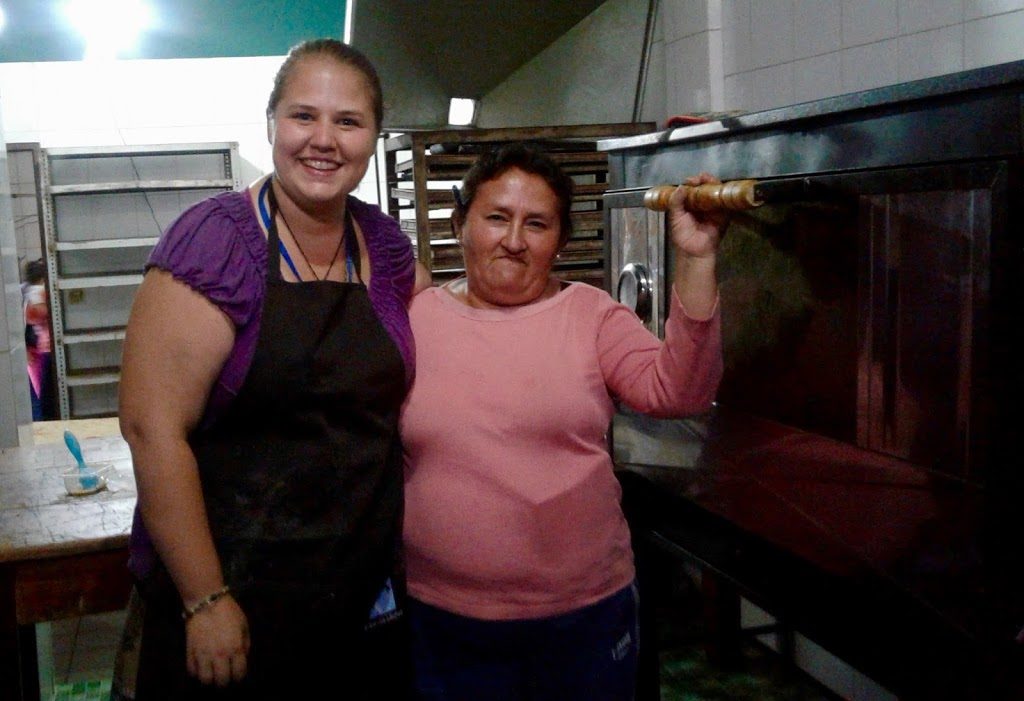
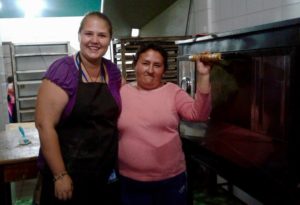
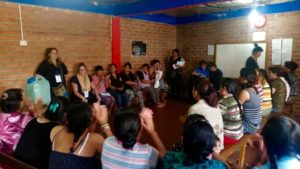
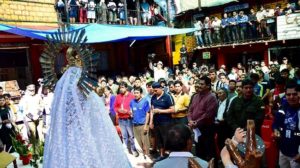

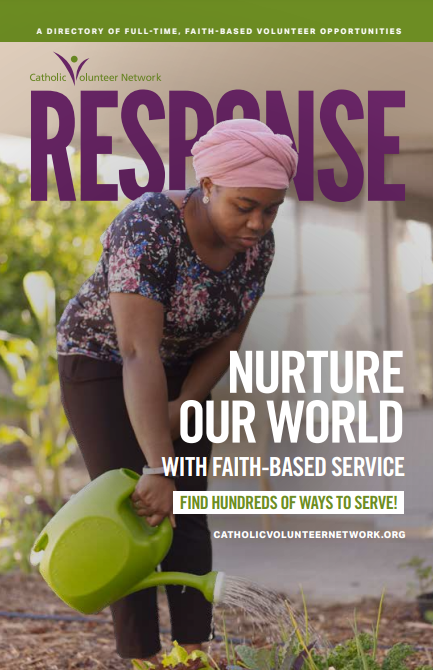 Thousands of faith-based service opportunities can be at your fingertips with the RESPONSE. Download the latest edition today!
Thousands of faith-based service opportunities can be at your fingertips with the RESPONSE. Download the latest edition today!
